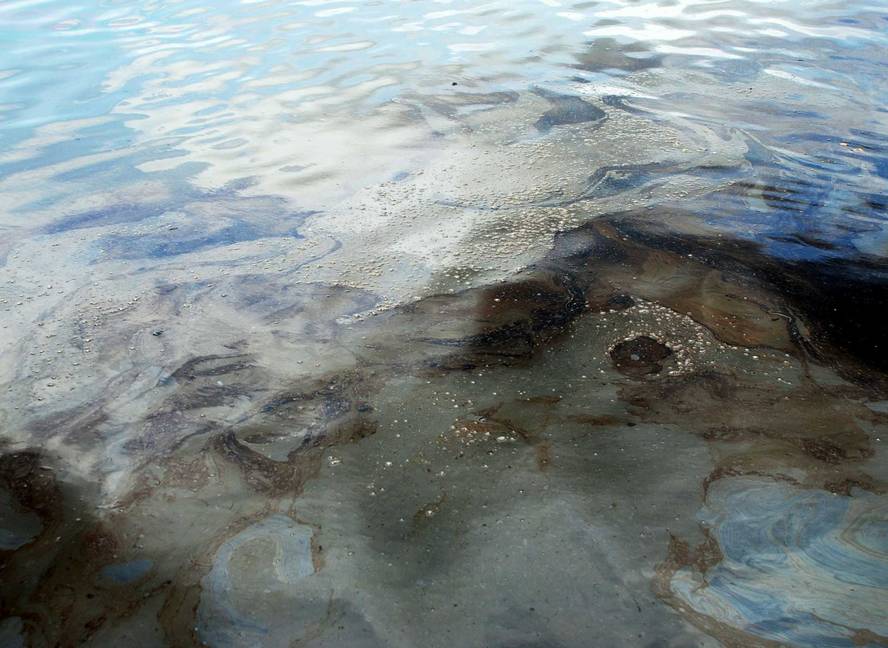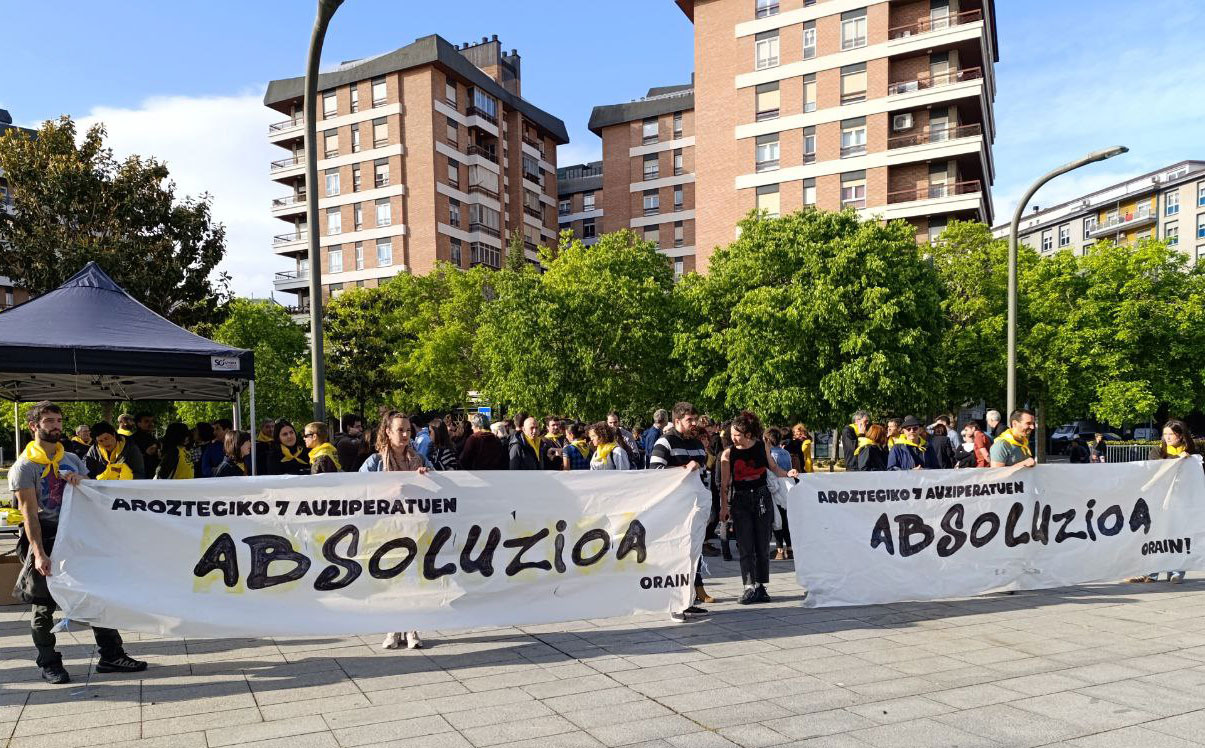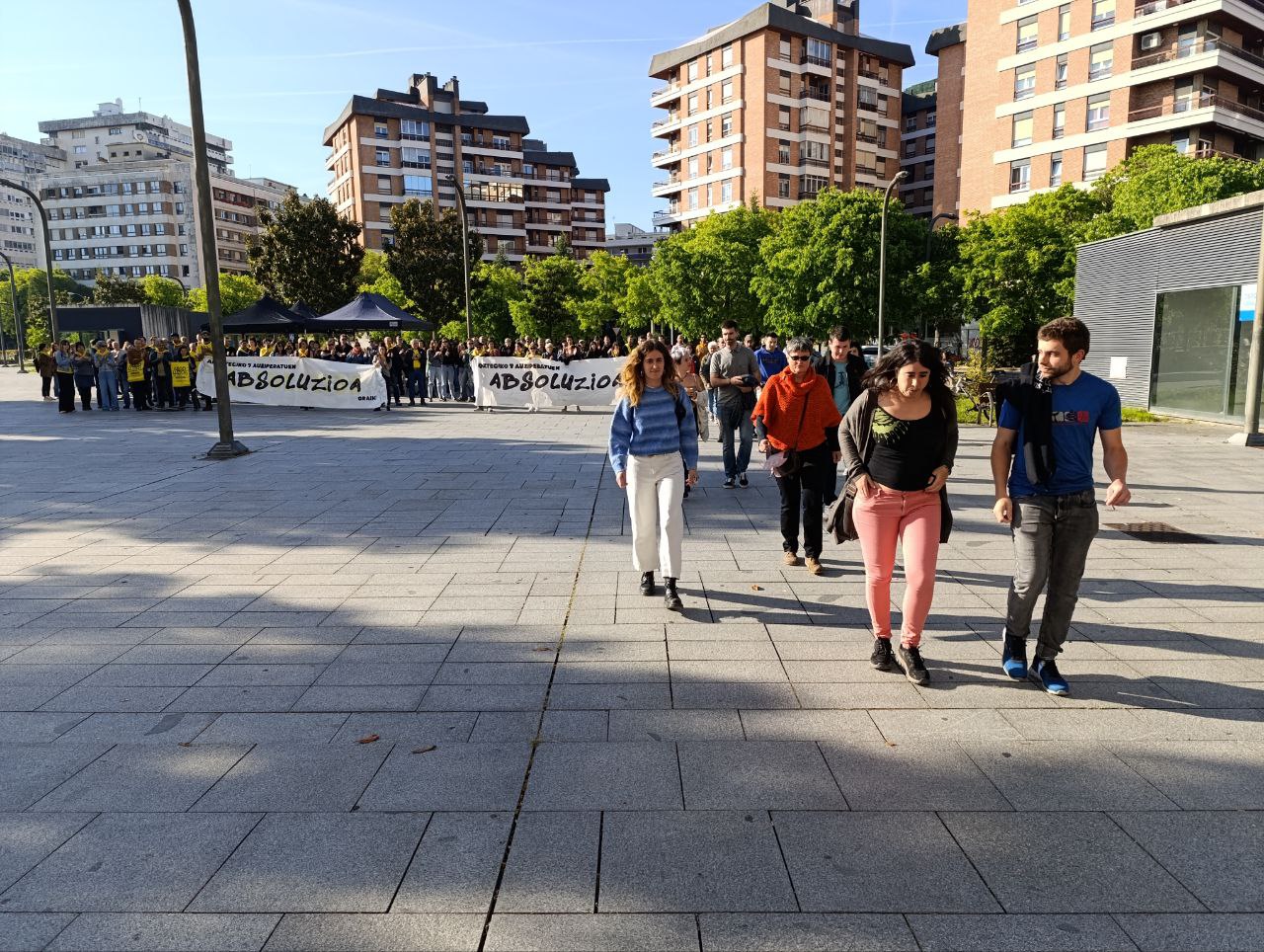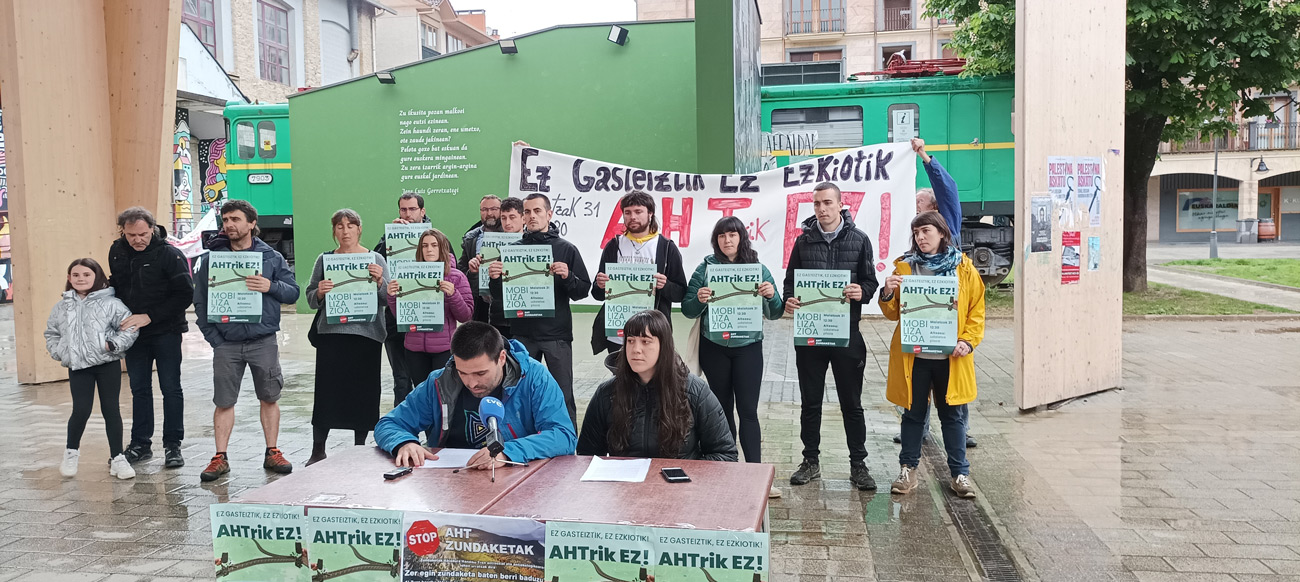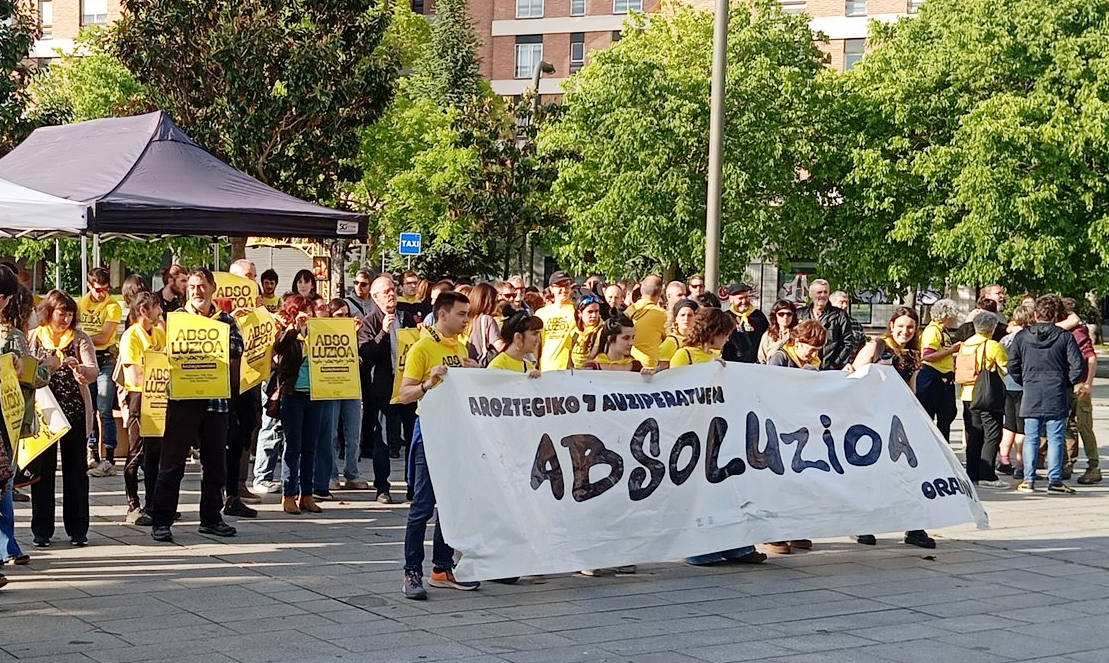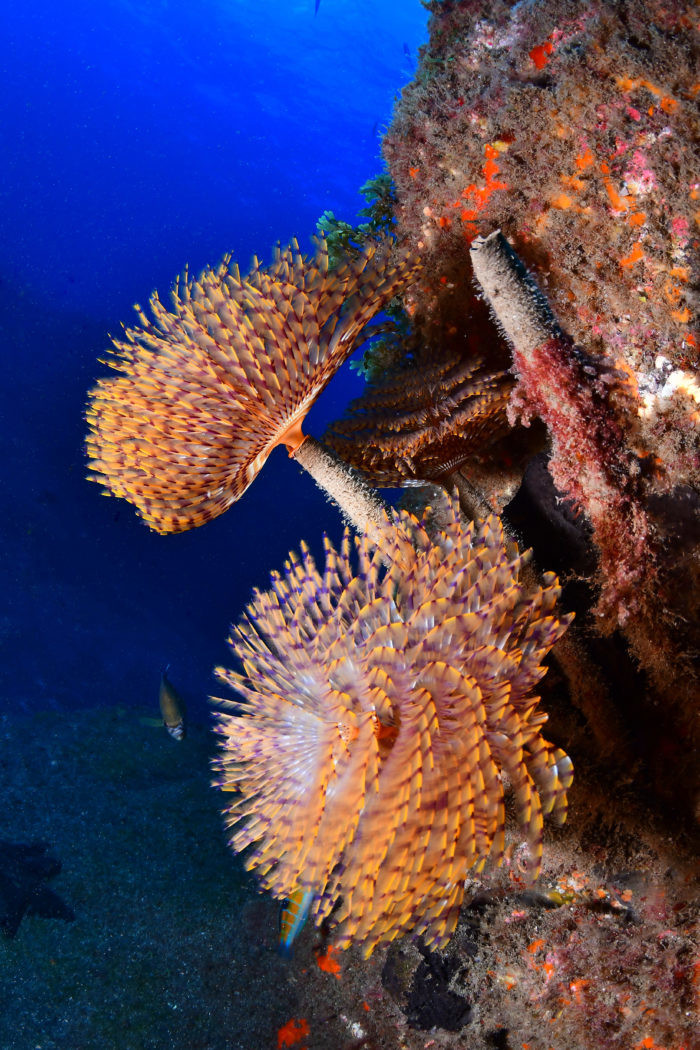Asian Wasp Message
- [Editorial Notice] Vespa Velutina Nigritorax is the Asian wasp the last enemy to escape to the European bee. In the hives of Euskal Herria, calamity is spreading rapidly, desperate by beekeepers. In the next article, the journalist and amateur beekeeper will try to explain the meaning of change from the perspective of a Velutina. Or at least one of the senses.
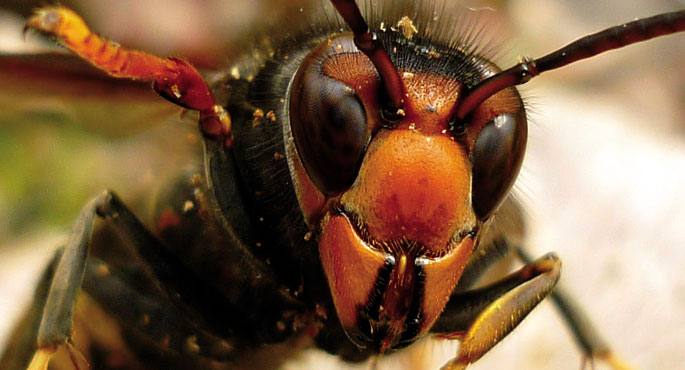
Argia reader, I'm Vespa Velutina Nigritorax. You've seen my nests on television or in portraits of big newspapers. If you have 20 minutes, I have something to tell you.
These Asian wasps are unknown until 2006 by almost nobody in Europe. That same year, the first notes were opened among French beekeepers. In the village of Sainte Livrade-sur-Lot (220 kilometers from Baiona) I first appeared in 2005, in the window of a vegetarian who imports bonsai from China.Su skipper expected winter to kill me. He told entomologists Claire Villemant, Jean Haxaire and Jean-Claude Streito when they discovered our first nests in the spring of 2006. At first it was thought that I was so localized that it would be possible to destroy my caste. You would soon see that you'd been wrong. I have come to Europe forever.
In June 2008, the journal Le journal du Pays Basque announced that I was at the gates of Euskal Herria. I was found in Gipuzkoa in November 2010. The Spaniards have learned of my arrival, once the Bidasoa and the Pyrenees have been overcome. Since then, I have been included in the agenda of the media as a fashionable topic in Euskal Herria. I make a waking nest, threatening the survival of the bee, a mythical species of the place, giving work to those who control the pests, taking the beekeepers out of oblivion all year round. Ideal for reporting.
Rather than sadden the beekeepers, Vespa Velutina. Proud and shameless you see me at the door of the hives, attacking the bees, coming from the honey collection, or coming out of the hive. I'm big, I snore violently, as soon as you cling to a bee and leave, we come one or two, or ten, without interruption. Because of me, the movement of the trillates decreases, the bees don't dare to go out, the colonies are lost. It's not just for beekeepers to lose bees or decrease honey. It is impossible to master my impunity.
Bees put traps of beer and juice on me to choke me. They try to destroy the nests they find, after descending from the trees with insecticide, or by firing on the tree with a shotgun. Some are dedicated to the guard in front of the kofoins, catching with their ride the wasp grains they can. A few have begun to surround the hives with nets. Or putting a poisoned shell on her to get her to the nest. There's a wasp that's been captured alive, that's been pulled out of a wing and a few legs, and that puts the bees on the threshold of the door, so that they know how to better defend themselves, better known, olive trees, touched.
I'll stay here
They will have to learn that Velutino has come forever. It's already the bees that have found a defensive tactic. After all, the same one they have developed in Asia to subject me to thousands of years of coexistence. In India and in China, where I'm originally from, there's another species of bees, Apis Cerana, smaller than the Apis Mellifera here. Their little bees allow me to zoom in, and all of a sudden, I'm amazed at one or two inches, they make a ball out of the heat of drowning what was inside me, when I get to 45 degrees Celsius.
My anecdotes here could be the metaphor for the globalization of the 21st century. I come from China, the distant Empire that has brought the misery of the workers and thousands of small businesses in Western industry. But as globalisation did not start yesterday, the European bee has also been suffering for a long time from the attack of distant unknown pests.
Honeybee lovers are in trouble. The campaign “L’Abeille, sentinelle de l’environemment” (Erlea, environmental indicator) has become well known in France. Many others of this kind have started in the world concerned about the loss of the bee. Chemical pollution of the environment has caused the destruction of millions of bees. Pollutants of all kinds, especially pesticides and herbicides used in industrial agriculture, weaken and mix xomorrhoic organisms, reducing protections and subjecting them to viruses and bacteria that are common in nature.
In addition to poisoning, the main head breaker of the thousands of beekeepers who today in the world care for Apis Mellifera is much less than this Velutina, which I like so much televisions, is a little piojoso (a mite):Varroa Destructor. This has also been endemic as I have always been along with little Apis Cerana, in distant Asia, but it launched European bees in the 1960s. In the Basque Country, they were not explained until the 1980s. In these years it is reaching the last corners of Sweden, Norway and Scotland.
Bees have not yet learned to live with Varroa. If you have a hive, it's mandatory that you give them a drug to kill the mite, chemical or ecological, by order of the beekeepers' associations, as authorities. They say that if you don't clean the Varro in the woods, you'll contaminate the surrounding bees, which is incomprehensible to the ecology, if you think the world needs the bee for its survival. A few beekeepers and scientists claim that the drug is just the opposite, preventing the evolution of the parasite and the host.
When did globalization begin?
There's a lot of bee traffic in the world. For example, in February of each year the largest migration of bees in the world occurs in the United States. In hundreds of trailers, half of that country's hives are brought to California to germinate almond lilas. With less fuss, every year thousands of queens are sold and bought, virgins or raised in the lab, from one end of the world to the other, from chosen breeds, because they provide a lot of honey, or because they are sweet for management.
One of the trips of scientists to get the most suitable bees for industrial production became a nightmare in America in 1956. Brazilian entomologist and geneticist Warwick Estevam Kerr crossed European bees around Sao Paolo and the subspecies Apis Mellifica Scutellata, imported from Africa. These “Africanized” and “Africanised” soon made their way into lower and higher America. “They are very evil,” says the people, the experts, who make a tough defense of the house. The European bee, which attacks a hive, follows it a few meters, and the African will not give it peace on the long road.
These false Africans have caused many accidents, even deaths, even among those who have become accustomed to going to catch their honey from the tree believing that they were the European bees of all time. On the contrary, many South American beekeepers who have learned to handle them in their hives love them, because they are rich in honey and able to live with Varrón.
Reader, you will have noticed that until now, when strange bees, or other small creatures living with them, have crossed with those of Europe, I have narrated the facts. But, thinking about it, the bee in Europe is now suffering the same fate as many other bees in the world had suffered in the past centuries. Reparation for the victims of globalisation, a long time ago.
Apis Mellifera has until yesterday been a European and African animal. In America, the first to take to land that today is the United States was in 1622, but they didn't reach California until the 19th century. In the nineteenth century they were also introduced in most of South America. Like Australia. In many islands of Oceania the 20th century was very advanced. In Asia the same thing. For the first time in Nepal in 1978!
In many of them, the Eurasian bee has been imposed on the locals. By the way, in America, the small bees Melipona and Trigona, without a sting, have suffered a strong retroceso.EE.UU. Argentina, Brazil... are world powers in honey production thanks to Apis Mellife. In Cuba, a master in applying bee remedies to medicine, European bee propolia is used in public health... but Melipón's propolia that lived there for millions of years has not been sufficiently studied.
The Velutino have not yet arrived in America, but there they have also complained about Varrón. Their bees, like the two-legged Indians, have diminished dramatically. If, since the sixteenth century, European influenza and measles had killed three-quarters of the inhabitants of America, what kind of diseases have not caused the bees from here to here?
I, Asian wasp, am the revenge of the colonized. Neither the first nor the last for the Basques. You have brought the potato together with corn and bean (the bean of the Indies) and after it has spread, you have seen that its endemic bug appears here. In the 19th century, the disease of phylloxera destroyed its vineyards along with most of Europe. In the 20th century you have seen most chestnut wilting, touched by the chancre that has come from far Asia. Later, it is the elm who has withered, also suffering from a disease that has come from far away.
I feel pity for beekeepers, Vespa Velutino hurts us. They do a service that is unbalanced for ecology and society, and in return, there are misfortunes behind them. In their problems the rest of the citizens can see the damage of globalisation. Insignis pine is easily transportable from California for its rapid performance, but then the complications begin: worms, need to spray the plane, acidification of the earth... Packed with people, the planet is a great orchard. Learn how to manage it in a low voice.
The defendants testified on Thursday, and their statements could be summarized as follows: The citizens who gathered in the square of legumes or in the camping area decided collectively what to do, in general, to go to the field of the works and put them passively in... [+]
Berria izateari utzi dio: beroketa globalak bi graduak gaindituko ditu, eta gainditze horrek ondorio oso garestiak ditu. Klimaren gaia tabu bilakatzen ari den testuinguru berri honetan, banketxe handiek ez dute horri buruz komunikatzen, baina arazoaz ongi jabetu dira eta... [+]
Pond of Venice, year 452. Prompted by the Huns' invasion, several inhabitants of the interior of the Italian peninsula took temporary refuge in the swampy area. But the Lombard invasions came in a few years, and it would become a permanent home for those immigrants. It was a... [+]
Ustekabean edo... urte hasiera honetan bi mila milioitik gorako irabaziak izan omen ditu Iberdrolak, baina ez omen dago txapliguak, altxafuegoak, etxaferuak... edo dena delakoak zeruetara botatzeko egoeran, izan ere, iaz aldi berean baino %27 gutxiago irabazi omen du. Atalen... [+]











